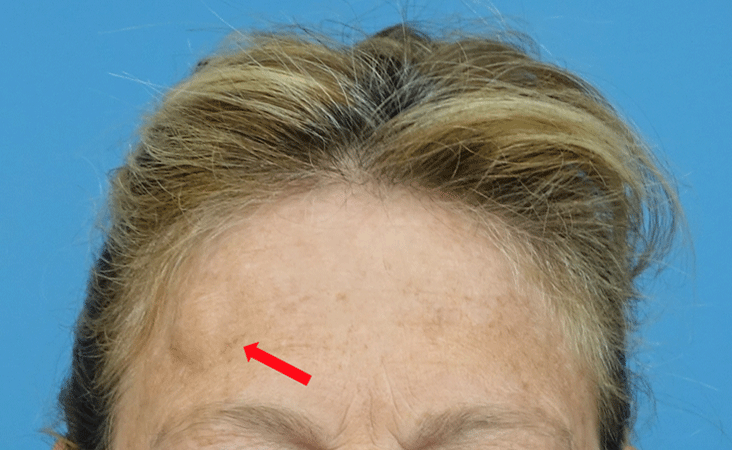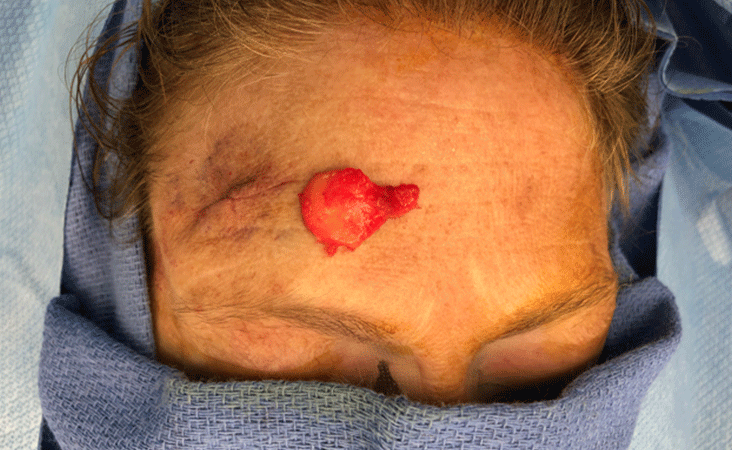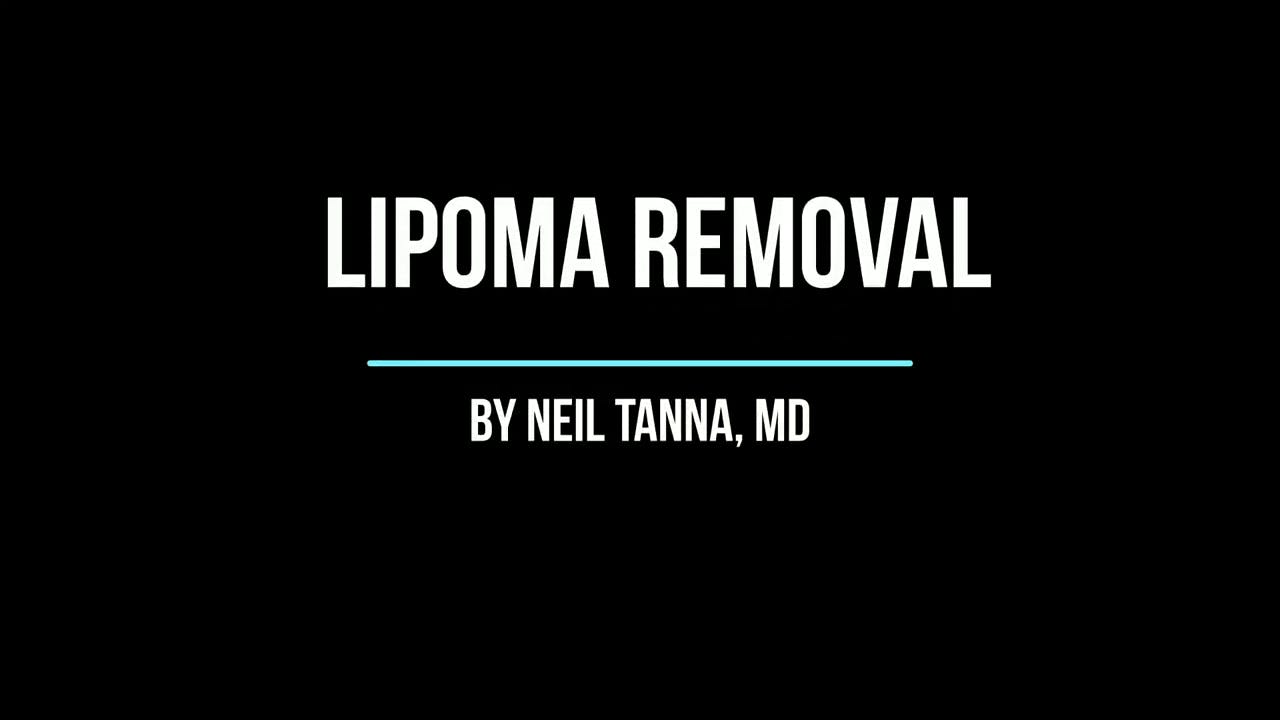Lipomas are small BENIGN fatty growths that can appear under the skin of almost any area of your body.

The word “lipoma” literally means fat (“lip-“) tumor (“-oma”). Lipomas require removal when they become uncomfortable, painful, or unsightly. Lipoma removal is often performed as a minor office procedure under local anesthetic. Larger lipomas may require outpatient surgery with sedation in an operating room. In either case, you will be able to go home on the same day following the procedure. The evaluation and removal of a lipoma is covered by health insurance.
Lipoma FAQ
What Causes Lipomas?
A lipoma is formed when a group of fat cells under your skin multiply rapidly and assemble into a benign tumor.
Who Gets Lipomas?
Lipomas are idiopathic, meaning we don’t know exactly what causes them and why people get them.
Is A Lipoma A Cancer?
Lipomas are benign fatty growths. They are not cancerous. Cancerous fatty tumors, also known as liposarcomas, are treated very differently from lipomas. Liposarcomas are often painful and firmly anchored under the skin, whereas many lipomas are relatively painless, feel rubbery, and move easily under the skin.
How Are Lipomas Treated?
Dr. Tanna will evaluate your lipoma to confirm the diagnosis and assess your treatment options. The evaluation could include imaging to determine the size, depth, and position of the lipoma. Some lipomas can be left alone and simply monitored, but they can also be surgically removed if they are painful, disfiguring, or interfere with your lifestyle. Lipoma removal can often be done as a minor office procedure under local anesthetic, but larger lipomas may require outpatient surgery with sedation in an operating room. In either case, you will be able to go home on the same day as the surgery. Dissolvable sutures are used to close the incision, and if the lipoma is very large, a drain may be placed.


CASE STUDY #1
The patient in this case study is a 57 year-old female who has a left forehead growth It was present for many years and she noted discomfort and increased size of the area. Surgical excision was performed with a hidden scar in the forehead.
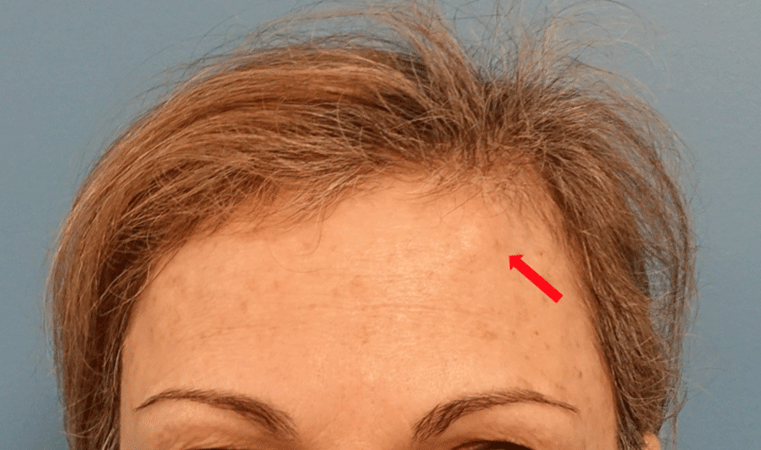
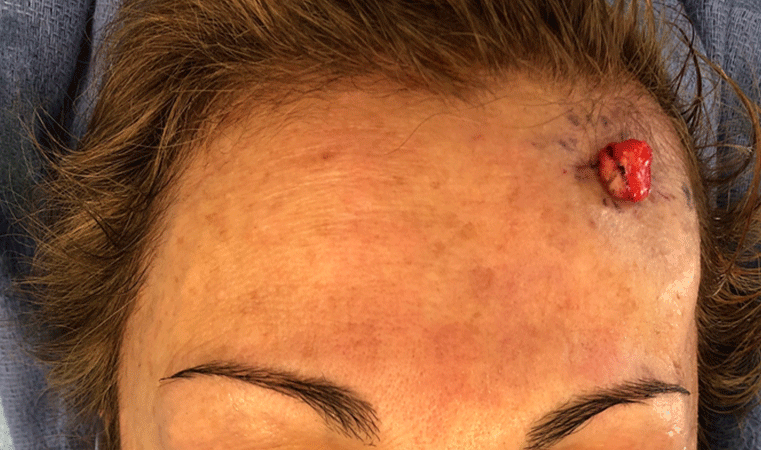
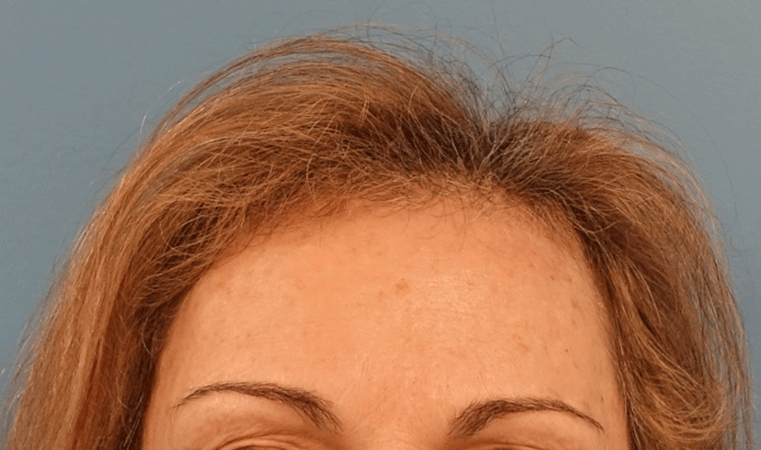
CASE STUDY #2
The patient in this case study is a 60 year-old female who presented with a right forehead mass. She was bothered by its appearance and wanted to have it removed. Surgical excision was performed with a hidden scar in the forehead.
